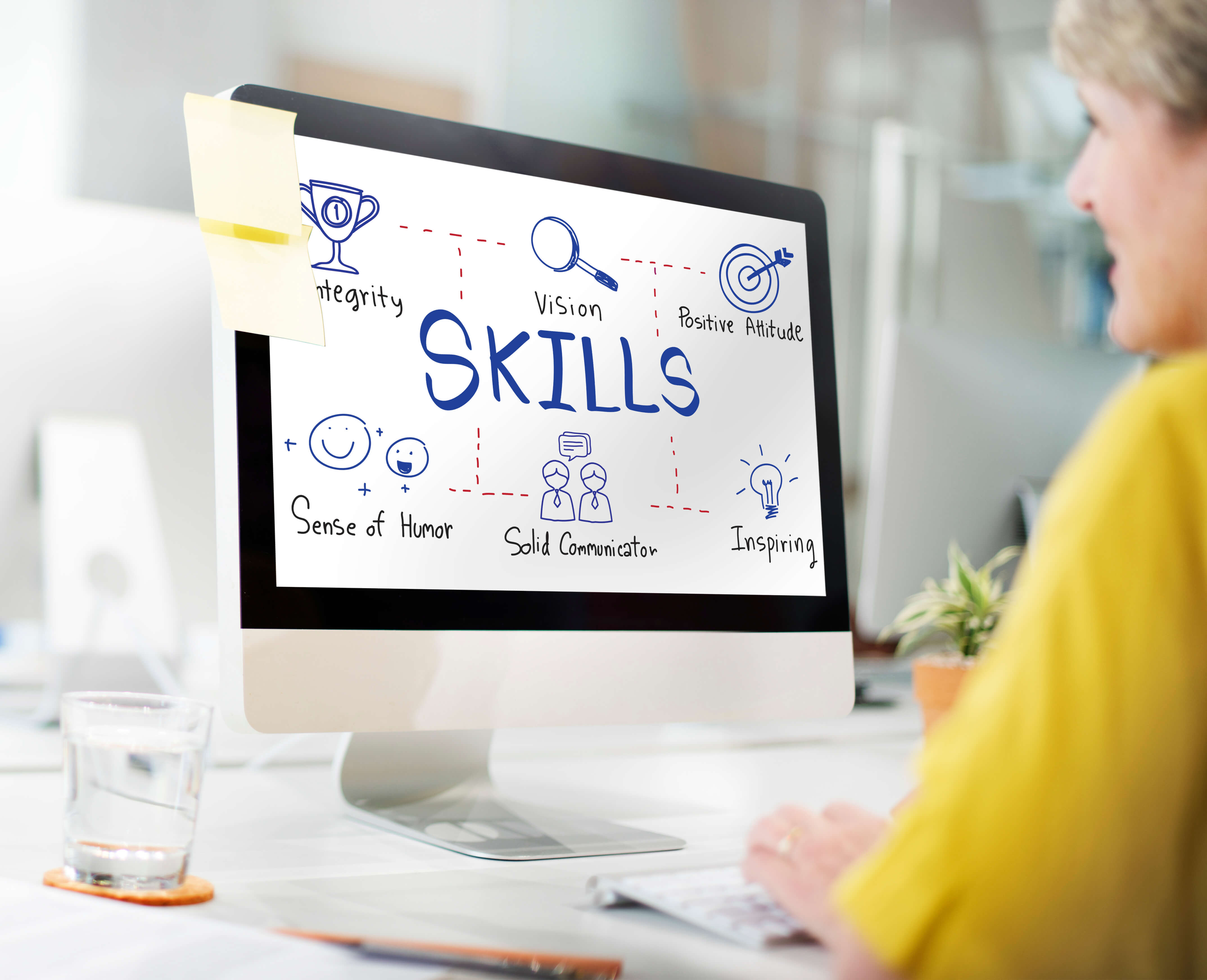What’s on your ‘Back to Work’ Checklist?

If you have school-aged children, you’ve likely been spending part of last week getting ready for the back-to-school routine. Casting my mind back to childhood, the week before school started, you’d get organised. School uniforms were washed and ironed, and school shoes polished. Textbooks were wrapped in brown paper or contact paper (does anyone else remember that?), pencils were sharpened, and the schoolbag was packed. On the first day back, there would also be the obligatory first day of school photo (here’s me from grade two).
There was a whole range of things to be done.
These days, the list might be even longer, and your child’s school likely provided a checklist of what’s expected and optional. Even Officeworks offers handy clipboards with a prepared checklist at their stores (likely a clever marketing tactic).
We get children ready to go back because it builds anticipation and excitement and helps them get in the right headspace. It helps ensure they are prepared.

These back to school reflections got me thinking about how we approach the start of the working year. Do you just rock up and hope for the best? Or do you spend time preparing yourself to be ready for your new working year?
In short, how proactive versus passive are you?
Much research highlights the importance of a proactive personality and proactive behaviours for career success.
For example, research examined the correlations between proactive personality types and career success. A proactive personality is defined as a tendency to seek to change one’s environment, not be constrained by situational forces and to seek out new and different opportunities and show initiative. Career success includes salary, bonuses, promotions, career satisfaction and job satisfaction, and a person’s internal and external marketability. This study also found that a proactive personality is relevant in helping people navigate a new career successfully.
Other research, this time with college graduates, found that having a proactive personality significantly influenced a person’s success in job searches.
Read More: Proactive Engagement to Improve Performance
Take a moment to challenge yourself and consider:
- How proactive are you with your work and career on a scale of 1 – 10 (with one being the lowest and ten the highest)? Do you do what’s expected of you (but no more), or do you seek to add more value? These questions are getting you to consider the balance of your day that is spent ‘passively’ versus ‘proactively’.
- Next, how much of your day is spent on activities, tasks and work that are fulfilling the needs of others versus fulfilling ideas or needs from within? This is an external versus internal perspective.
At work, there are many things expected from you because of your role. These expectations can come from yourself or others – be it your boss, colleagues or stakeholders. They are the obligations and outcomes required of you to successfully fulfil your role.
There are also options and opportunities to do more than is expected. You can exceed your own expectations and go beyond what other people require from you. In this way, you have both options and opportunities. It’s your choice.
Graphically it looks like this.

Using this framework, we are going to develop your back-to-work checklist.
As I’ve written about before (Are you forgetting something?), checklists are handy. They are used in many industries because they save time, money, energy and reduce the likelihood of stuff-ups.
This activity is more than ticking off that you’ve bought new stationery, ironed your shirt and worked out where you are buying lunch. It’s getting deliberate about where to spend your energy so you deliberately decide your proactivity level and the balance between meeting the needs of others and meeting your own needs.
Look at the year ahead, consider the goals and activities that are in the ‘must do’ and ‘will do’ categories. Then, consider your ‘could do’ and ‘can do’ to find the options and opportunities.
Your options may include people to meet, colleagues to form strong working relationships with, and community work to get involved with. There may be personal growth and development opportunities involving new projects, micro-learning, the acquisition of technical skills and new experiences or things to explore and experiment with.
Once you’ve got the core goals and activities assigned to the various categories, step back, and look at how balanced your checklist is. Is everything you are doing optional? If so, you are likely to be letting some people down and missing expectations. Alternatively, is all your work based on outcomes and obligations? If so, you are likely letting some good opportunities pass you by, and you might be missing out on some fun too.
Next, check your emotional reaction. When you reviewed the list did you feel energised and excited or filled with dread? Those feelings are telling you something too. If you are in the latter category, go back to your checklist and challenge yourself to see what can be removed, tweaked or added.
There’s an Indian proverb that says “Certain things catch your eye, but pursue only those that capture the heart”. For me, it’s about being deliberate and knowing your trade-offs, because many things in life involve trade-offs. Doing this reflection helps you get deliberate about where you spend your time and who that time is in service of – yourself or others.
Republished with permission from Michelle Gibbing's website.
Did you find this article interesting? Stay proactive and learn more about how to improve yourself with apps like Necole. Necole is an Artificial Intelligence (AI) powered learning app that that curates personalised learning just for you.
Functional
Michelle Gibbings is a workplace expert and the award-winning author of three books. Her latest book is 'Bad Boss: What to do if you work for one, manage one or are one'. www.michellegibbings.com.





